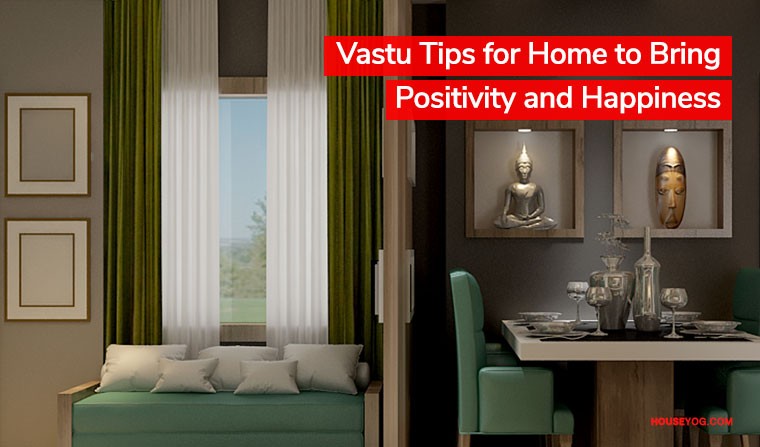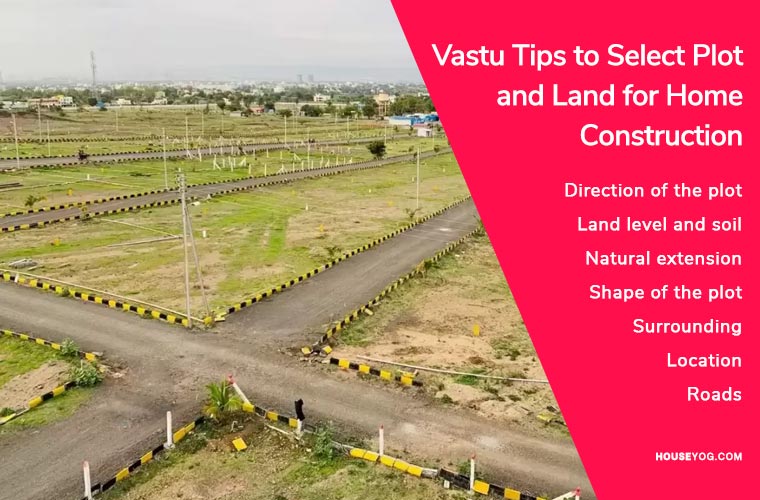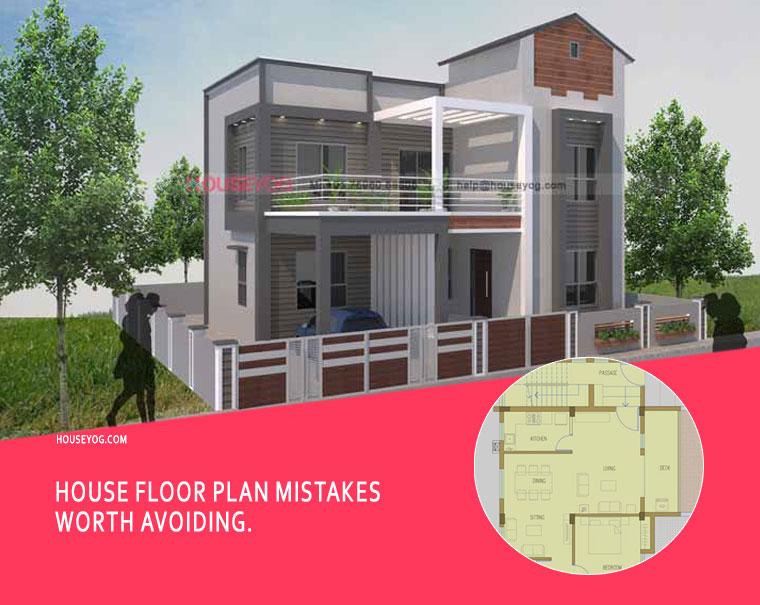Designing a home that feels right goes beyond good looks — it’s about harmony, comfort, and balanced living. In India, Vastu Shastra offers time-tested design wisdom that connects your home with nature’s energy flow. Whether you’re building a new house or renovating an existing one, this guide explains how to design a Vastu-friendly home, covering house-facing directions, room placement, layout flow, and practical tips for peace and prosperity.
Are you ready to dive deeper?
Why Vastu Matters for Modern Homes
Vastu isn’t a superstition — it’s a scientific approach to spatial planning rooted in balance between light, air, and energy. In modern homes, following Vastu helps:
- Ensure better natural light and ventilation
- Improve functional room zoning
- Reduce structural or design conflicts later
- Promote a calm and positive atmosphere
In short: Vastu combines ancient wisdom with modern design logic — making homes more efficient and comfortable.
If you’re planning a new home and want a layout that blends modern architecture with traditional Vastu principles, explore our Vastu-compliant house design ideas for inspiration.
Plot Orientation & Facing Direction Basics
The orientation of your home is the foundation of Vastu design. It determines how sunlight, airflow, and energy circulate through your living spaces.
Key Concepts
- Facing Direction: Determined by the direction you face when stepping out of the main entrance.
- Plot Slope & Surroundings: A plot sloping towards the north or east, with open spaces in these directions, is generally considered beneficial.
Direction-Wise Overview
- East-Facing Homes: Welcoming morning sunlight, symbolising growth and prosperity.
- West-Facing Homes: Receive the evening sun; positive when designed with proper room placement.
- North-Facing Homes: Known for stability and wealth; ideal for working professionals or business owners.
- South-Facing Homes: Can be equally good with a balanced layout and strong boundary placement.
Pro tip: Choose a facing direction based on plot orientation, natural surroundings, and your daily lifestyle — not just belief.
Vastu Tips for West-Facing Houses
West-facing homes are very common in Indian cities. Contrary to popular myths, they can be highly auspicious when designed thoughtfully.
Dos for West-Facing Homes
- Place the main entrance in the West or North-West quadrant.
- Keep the living room in the North-West zone for good air circulation.
- Locate the kitchen in the South-East zone (fire element).
- Use light, reflective colours like white, cream, or beige on exteriors.
Don’ts for West-Facing Homes
- Avoid placing the main door in the South-West corner.
- Limit large west-facing glass walls to prevent heat gain.
With correct entry placement and interior zoning, a west-facing house can bring stability and comfort, just like any other direction.
Vastu Tips for East-Facing Houses
East-facing homes are highly preferred as they welcome the morning sun — symbolising growth, health, and positivity.
Dos for East-Facing Homes
- Main entrance ideally in the East or North-East zone.
- Living room in the North-East or East for bright natural light.
- Kitchen in the South-East zone (fire direction).
- Keep the Pooja room in the North-East corner for maximum energy flow.
Don’ts for East-Facing Homes
- Avoid toilets in the North-East corner.
- Don’t block the main door with large furniture or shoe racks.
With the right entrance and open eastern exposure, an east-facing home naturally supports a cheerful and active environment.
Vastu Tips for North-Facing Houses
North-facing homes are known for prosperity and career growth. They attract stable energy and are ideal for professionals and business owners.
Dos for North-Facing Homes
- The main entrance should be in the North or North-East quadrant.
- Living or study areas fit best in the North or East zones.
- The kitchen can be placed in the South-East or North-West zones.
- Use light shades of green or off-white for interiors to enhance positivity.
Don’ts for North-Facing Homes
- Avoid heavy storage or staircases in the North.
- Don’t place septic tanks or clutter near the main entrance.
Balanced light, open fronts, and uncluttered northern sides make these homes efficient and peaceful.
Vastu Tips for South-Facing Houses
South-facing homes often get misunderstood as inauspicious — but with correct planning, they’re equally beneficial.
Dos for South-Facing Homes
- The main entrance should be in the South-East quadrant (not the centre).
- Keep heavy elements like the master bedroom or storage in the South-West for stability.
- Use thicker walls or shade trees on the south side to reduce heat.
- Position the kitchen in the South-East or North-West.
Don’ts for South-Facing Homes
- Avoid the main doors in the South-West.
- Don’t keep large open spaces in the South (better in the North or East).
Proper alignment and thermal control make south-facing homes comfortable and energy-efficient year-round.
Expert tip: Direction alone doesn’t make or break Vastu. It’s how the entrance, room layout, and natural light are balanced that determines the home’s energy flow.
Every plot and family requirement is unique. You can request a custom Vastu house plan designed by our architects to match your plot direction and preferences.
Room-Wise Vastu Layout Guide
Every room in your home has an ideal “zone” based on the five natural elements — earth, water, fire, air, and space. Following these placements helps balance comfort and energy.
Recommended Room Directions
| Room | Ideal Direction | Purpose |
| Master Bedroom | South-West | Stability and restful sleep |
| Kitchen | South-East (Fire Zone) or North-West | Energy and nourishment |
| Living Room | North or East | Light, openness and positivity |
| Pooja Room | North-East | Peace and spiritual growth |
| Bathrooms/Toilets | North-West or East | Hygiene and ventilation |
Example: For a 30×40 ft east-facing house, the kitchen fits well in the South-East, the master bedroom in the South-West, and the living room towards the North-East.
Vastu Directions for Key Home Elements
While room placement defines daily energy flow, certain structural elements also play a vital role in maintaining harmony and stability.
| Element | Ideal Direction | Reason / Vastu Significance |
| Main Door | North, East, or North-East | Brings positive energy and prosperity. |
| Staircase | South-West, South, or West | Represents stability and strength; avoid the centre or the North-East. |
| Septic Tank | North-West | Supports proper outflow of waste energy; avoid North-East or South-West. |
| Overhead Water Tank | South-West | Adds balance and weight stability to the structure. |
| Underground Water Tank / Borewell | North-East | Symbol of purity and prosperity; attracts positive energy. |
| Balcony / Open Space | North or East | Allows natural light and airflow. |
| Storage Room | South-West | Represents grounded energy and security. |
Pro Tip: Even if a home layout can’t perfectly match Vastu placements, balancing heavy and light zones (e.g., placing heavier structures in the South-West) can still restore overall energy equilibrium.
New Home vs Existing Home: Design & Retro-fit Considerations
Vastu application differs depending on whether you’re building from scratch or improving an existing home.
For New Homes
- Plan your entry, rooms, and utilities early with an architect who understands Vastu.
- Ensure balanced open spaces on the north and east sides.
- Align rooms with natural light and ventilation sources.
For Existing Homes
- Use simple remedies like mirrors, indoor plants, or re-orienting furniture to balance zones.
- Introduce natural light in dark corners.
- Repaint with Vastu-friendly colours (light tones for east/north, earthy tones for south/west).
Tip: Even minor adjustments in layout, lighting, and décor can improve Vastu balance without any structural changes.
Materials, Colours & Design Harmony
A Vastu-friendly home feels both stable and vibrant. Materials, textures, and finishes play a subtle but important role.
Best Practices
- Use light-reflective colours (off-white, cream, pastel) in north/east zones.
- For south or west walls, go for thicker masonry or darker tones for grounding.
- Keep water bodies (aquarium, fountain) only in the north or north-east zones.
- Avoid placing heavy beams directly above beds or pooja areas.
Balanced use of colour, weight, and natural light ensures your home feels open, grounded, and peaceful — the essence of good Vastu.
Common Vastu Mistakes to Avoid
Avoiding these small mistakes can save major redesigns later:
- Relying on magnetic compass apps without professional verification.
- Placing heavy wardrobes or storage in the North-East zone.
- Locating the main entrance under a staircase or beam.
- Designing kitchens or bathrooms above each other in multi-storey houses.
Why it matters: These disrupt energy flow and make homes feel cramped or heavy. Correct them early during the design stage.
FAQs – Vastu House Design & Facing Directions
No. Vastu is a spatial planning science — useful for modern, aesthetic homes too.
Not at all. When the main door and key rooms follow directional balance, west-facing homes can be highly positive.
Yes. Use interior solutions like mirrors, lighting, and colours to restore balance.
All directions can work — success depends on the entrance placement and interior layout.
Summary & Takeaway
Vastu-friendly design isn’t about rigid rules — it’s about creating a balanced, comfortable home that aligns with nature. By following simple Vastu principles for facing, room placement, and materials, you can bring peace, positivity, and better energy into your daily life.
Whether you’re renovating or starting from scratch, following the right Vastu guidelines can make a huge difference. At Houseyog, we offer architect-designed Vastu house plans that perfectly balance aesthetics, energy flow, and functionality.Read more about our architectural design services or request a custom home plan today.






